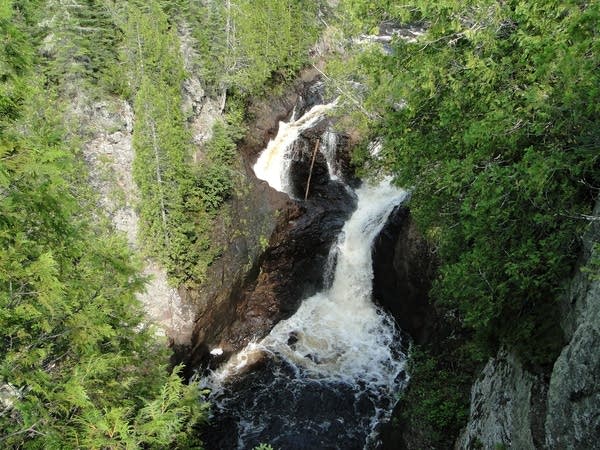Solved: The mystery of Devil's Kettle Falls

A photo of the Devil's Kettle at Judge C. R. Magney State Park in Minnesota, taken Aug. 25, 2012.
Amy Meredith | Creative Commons via Flickr
Go Deeper.
Create an account or log in to save stories.
Like this?
Thanks for liking this story! We have added it to a list of your favorite stories.


